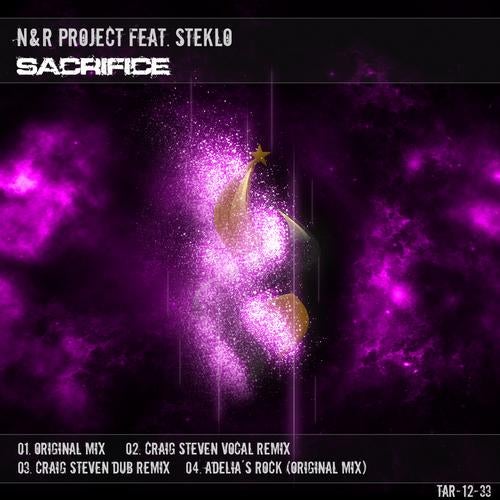Magnons (the quanta of spin waves) propagating in magnetic materials with wavelengths at the nanometer-scale and carrying information in the form of an angular momentum can be used as data carriers in next-generation, nano-sized low-loss information processing systems. In this respect, artificial magnetic materials with properties periodically varied in space, known as magnonic crystals, are especially promising for controlling and manipulating magnon currents. Airbag crash data reset tool. In this article, different approaches for the realization of static, reconfigurable, and dynamic magnonic crystals are presented along with a variety of novel wave phenomena discovered in these crystals.
Special attention is devoted to the utilization of magnonic crystals for processing of analog and digital information. Export citation and abstract. This article focuses on a selection of results in the field of magnonic crystals obtained within the last decade in our group.
Rainbow world [N Sladkov] on Amazon.com. *FREE* shipping on qualifying offers.
Special attention is devoted to the application of magnonic crystals in data processing and information technologies. Because of the large number of achievements in the field, it is unavoidable that many important results are excluded from this article. Therefore, we would like to direct the reader's attention to excellent reviews devoted to different aspects of magnonic crystals: spin-wave dynamics in periodic structures for microwave applications [, ], Brillouin light scattering (BLS) studies of planar metallic magnonic crystals [], micromagnetic computer simulations of width-modulated waveguides [], photo-magnonic aspects of antidot lattices studies [], theoretical studies of one-dimensional monomode waveguides [], and reconfigurable magnonic crystals [].
The results presented in the current review were already partially presented in our own reviews of yttrium iron garnet (YIG) magnonics [] and magnon spintronics [] as well as in book chapters on dynamic magnonic crystals [] and magnon spintronics []. The article is organized in the following way: In the introduction we describe the field of magnon spintronics and discuss the role of magnonic crystals in it. The next section is devoted to the properties of spin waves in thin planar films and waveguides, to the magnetic materials commonly used in the field, and to the methods of spin-wave excitation and detection. Sections and are devoted to the study of physical phenomena taking place in static and dynamic magnonic crystals, respectively. The application of magnonic crystals for magnon-based processing of analog and digital data is discussed in section. Specifically, static magnonic crystals can be used as passive elements, like microwave filters, resonators or delay lines for microwave generation.

Reconfigurable and dynamic magnonic crystals are promising as active devices performing, for example, tunable filtering, frequency conversion or time reversal. In the final section we briefly summarize the results. 1.1. Magnon spintronics: from electron- to magnon-based computing. A disturbance in the local magnetic order can propagate in a magnetic material in the form of a wave. This wave was first predicted by Bloch in 1929 and was named spin wave since it is related to a collective excitation of the electron spin system in ferromagnetic metals and insulators [].

Since that time, the field of magnetization dynamics has grown into a wide domain of science in which studies of coherent externally driven spin waves are of particular importance. Spin-wave characteristics can be engineered by a wide range of parameters, including the choice of magnetic material, the shape of the sample and the orientation and size of the applied biasing magnetic field [, ]. This, in combination with a rich choice of linear and nonlinear spin-wave properties, makes spin waves excellent objects of study in general wave physics []. One- and two-dimensional soliton formation [, ], nondiffractive spin-wave caustic beams [–], wave-front reversals [, ], room-temperature Bose–Einstein condensation (BEC) of magnons [, ], and formation of magnon supercurrents [] are just a small selection of examples.